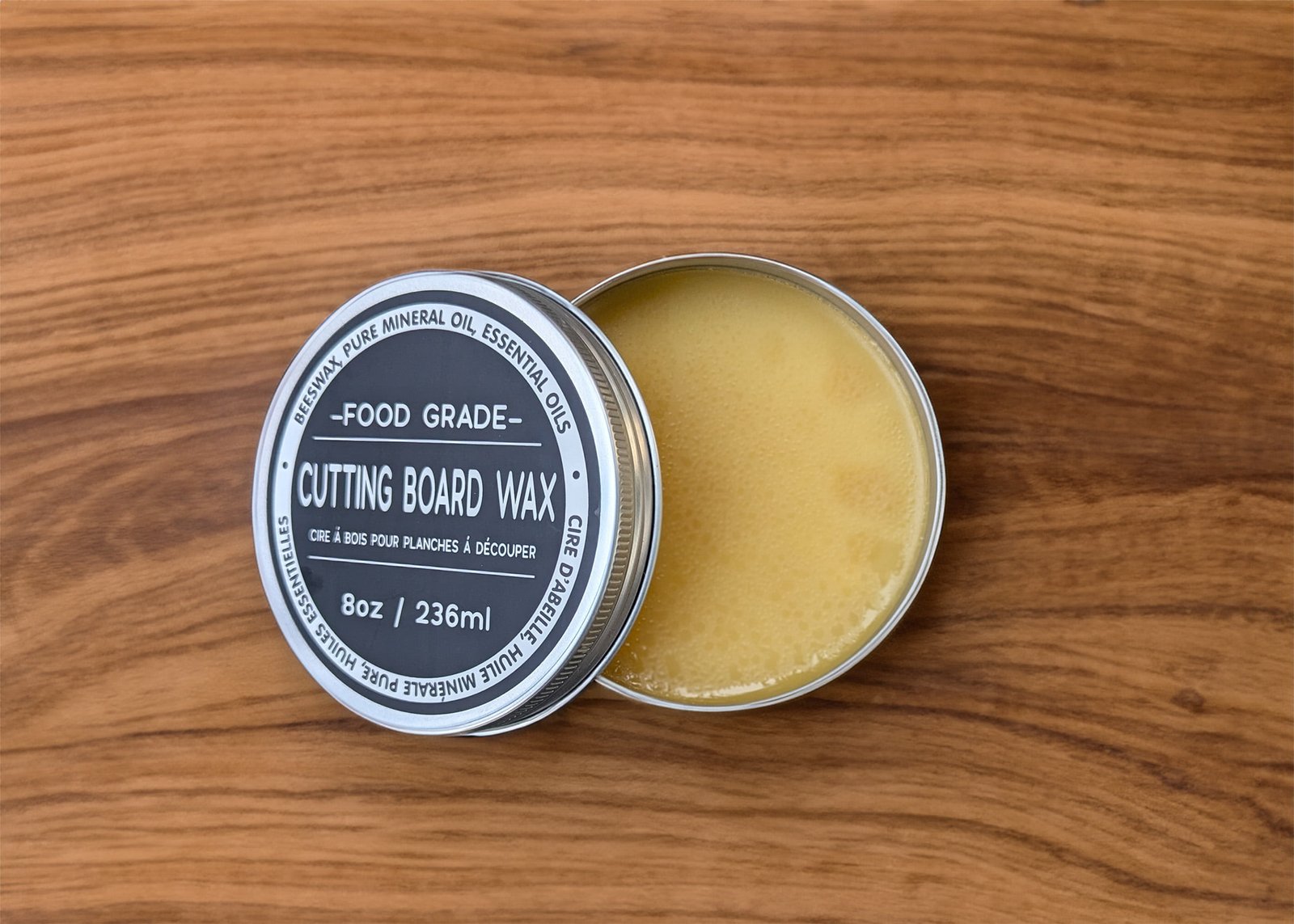Cutting Board Care & Maintenance
At Coco Bolo, we believe that a well-maintained cutting board is the heart of a kitchen. Proper care not only extends the life of your cutting board but also ensures a safe and enjoyable cooking experience. Follow our comprehensive care and maintenance tips to keep your wooden cutting board in prime condition for years to come.
Daily Cutting Board Maintenance
Hand Wash, Don't Soak, and Never Dishwasher
Wood is a natural material and reacts to water much like our hands and feet after spending a little too long sipping margaritas in the pool. To protect your wood cutting board from shriveling up like a raisin, follow these steps.
- After each use, wash your cutting board with warm, soapy water. Avoid soaking it in water and NEVER put it in the dishwasher, as excessive moisture can cause the wood to warp or crack.
- Rinse thoroughly and dry immediately with a clean towel.
Disinfecting Your Cutting Board
- To keep your cutting board hygienic, disinfect it periodically. Mix one part white vinegar with four parts water and wipe down the board with this solution.
- For deeper cleaning, sprinkle coarse salt or baking soda on the surface, then rub it with a halved lemon. Rinse and dry thoroughly.
Monthly Maintenance
Conditioning Your Cutting Board
- Regularly oil your cutting board to maintain its condition. This should be done at least once a month, or more frequently if the board appears dry.
- Use food-grade mineral oil or a specialized cutting board oil. Apply a generous amount and rub it in with a clean cloth, following the grain of the wood.
- Let the oil absorb for several hours or overnight, then wipe off any excess oil with a clean cloth.
- Do not use vegetable oil or olive oil, as these can go rancid over time.
Long-Term Care
- Keep your cutting board away from extreme heat or cold, as these conditions can cause the wood to expand or contract, leading to cracks.
- Avoid using your cutting board as a trivet for hot pots and pans.
- Over time, knife marks are inevitable. To minimize deep cuts, use both sides of the board and consider sanding down deep grooves if they appear.
- After sanding, reapply oil to restore the protective layer.
- If possible, store upright to allow air circulation around all sides.
Restore
- If your cutting board starts to show signs of wear, consider a restoration process. Lightly sand the surface with fine-grit sandpaper to remove stains and smooth out the wood.
- After sanding, clean the board thoroughly and reapply oil as described in the initial conditioning and monthly maintenance sections.
Pick up a tin of our Cutting Board Wax to help you care for your new cutting board

